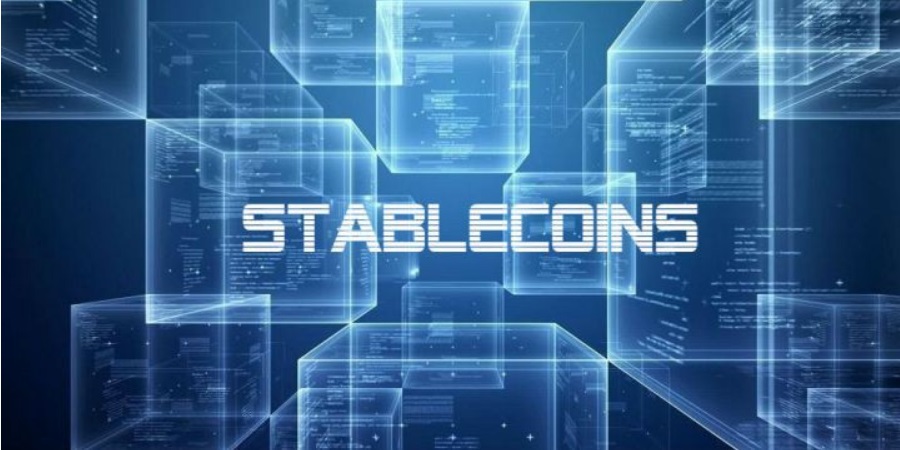
The era when SWIFT was synonymous with speed and efficiency in international settlements is quickly fading. Today, the corporate world is actively seeking and, more importantly, finding new, more flexible, and economically advantageous alternatives. One of these alternatives is stablecoins, which are rapidly transforming from a niche tool into a mainstream solution for international business.
an article written by Alexey Reshko, Chief Operating Officer @ Transferra UN Limited
Why Stablecoins Beat Traditional Bank Transfers
Traditional international transfers via the SWIFT system have long ceased to meet the demands of modern business. They are comparably slow, expensive, and often not transparent. A single transfer can take days, sometimes even a week, as it goes through different banks, each taking a cut.
Stablecoins, on the other hand, are digital currencies tied to stable assets like the U.S. dollar, and they offer a completely different setup. Here’s what they bring to the table:
Always Available (24/7): Unlike banks, blockchain networks run non-stop, every day of the year. This means businesses can send and receive international payments whenever they need to, without worrying about bank hours or holidays.
Lower Costs: Fees for stablecoin transactions are much, much lower than what banks charge. This is because there are no middlemen, and payments happen directly using blockchain technology. For a business sending hundreds or thousands of international payments each month, these savings can be huge.
Faster Payments: An international stablecoin transfer can be done in just minutes, or even seconds, no matter where the sender and receiver are. This greatly speeds up payments to suppliers and from customers, helping money move quicker and making supply chains more efficient.
New Business Options: Stablecoins let companies with customers all over the world offer more flexible ways to pay. They can reach new markets, make small international payments simple, and even set up their own payment systems using blockchain. This opens doors for new business ideas, like instant royalty payments to international content creators or easy payments to a global workforce, reaching markets that were hard to serve before.
It’s Not Just for Crypto Companies Anymore
Using stablecoins for international payments isn’t just for businesses that started in the crypto world. Leading companies in the finance industry are now seeing stablecoins as a better option. Big players are adding stablecoin solutions to their operations:
Ripple, a major player in cross-border payments, recently launched its own USD-backed stablecoin, RLUSD, specifically for big companies. They’ve even partnered with major financial institutions like BNY Mellon to hold their stablecoin reserves.
PayPal launched its PYUSD stablecoin and built it into its Xoom app for international payments. This lets people send and receive money globally with lower fees and faster speeds.
Visa has started trial programs to send USDC (USD Coin) over blockchain networks to payment companies, making it easier for businesses to get paid in crypto.
Stripe, a huge online payment company, bought Bridge to allow its business customers to hold, send, and receive stablecoins, making global trade simpler and cheaper.
Even traditional financial giants like Standard Chartered are looking into and using stablecoin solutions to make international payments more efficient and cut costs compared to old banking systems. Their research shows how stablecoins can fill the gaps left by traditional payment methods.
These changes show that stablecoins are now a serious part of big finance. They’re meeting the critical need for strong, effective, and always-on payment systems in today’s digital global economy. It’s clear that major financial institutions are on board, with many already using stablecoins for payments, especially for international transfers.
The MiCA: A Catalyst for Growth
The introduction of rules like the Markets in Crypto-Assets (MiCA) Regulation in the European Union further strengthens stablecoins’ position. MiCA creates clear legal rules, allowing stablecoins to fit more smoothly into the financial system, which means more clarity, security, and trust for businesses.
In short, MiCA doesn’t just make stablecoins legal; it sets the stage for them to be widely used as a truly effective and secure way to handle international payments. This shift is happening because the global economy needs fast, affordable financial tools that old systems just can’t provide.
The Ending
The move toward stablecoins for global transactions is a fundamental shift driven by the clear need for faster, cheaper, and more efficient ways to move money across borders. Businesses that embrace this change will be better positioned to thrive in an increasingly connected and demanding global marketplace.
Banking 4.0 – „how was the experience for you”
„To be honest I think that Sinaia, your conference, is much better then Davos.”
Many more interesting quotes in the video below: